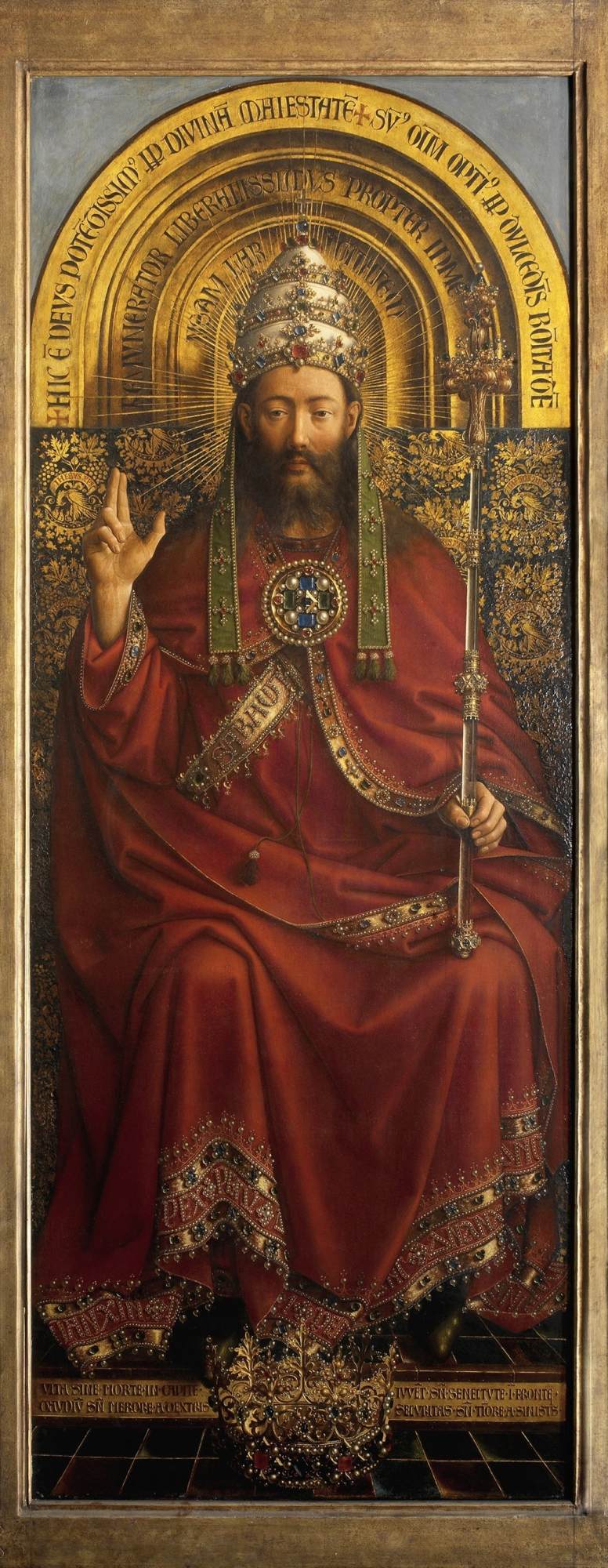Descripción
The Ghent Altarpiece: God Almighty is a masterpiece of Flemish painting created by Jan Van Eyck in the 15th century. The painting is a part of the larger Ghent Altarpiece, which is considered one of the most important works of art in Western history.
The painting depicts God the Father in a majestic and powerful pose, surrounded by angels and cherubs. The composition is carefully balanced, with the figure of God occupying the central position, and the angels and cherubs arranged in a circular pattern around him. The use of perspective and the attention to detail are characteristic of Van Eyck's style, and the painting is a testament to his mastery of the medium.
The colors used in the painting are rich and vibrant, with gold leaf and bright blues and reds dominating the palette. The use of light and shadow creates a sense of depth and three-dimensionality, adding to the realism of the painting.
The history of the painting is as fascinating as the artwork itself. The Ghent Altarpiece was commissioned by the wealthy merchant and politician Joos Vijd, and was intended to be a symbol of his piety and devotion. The altarpiece was completed in 1432, and was installed in the St. Bavo's Cathedral in Ghent, Belgium, where it remained for centuries.
However, the painting has had a tumultuous history. It has been stolen, damaged, and restored several times over the centuries. In 1934, a group of thieves stole the painting, but it was eventually recovered. During World War II, the painting was hidden from the Nazis, who were known for looting artworks from occupied territories.
Despite its turbulent history, The Ghent Altarpiece: God Almighty remains a masterpiece of Flemish painting, and a testament to Jan Van Eyck's skill and creativity. Its intricate composition, vibrant colors, and attention to detail make it a must-see for any art lover.

